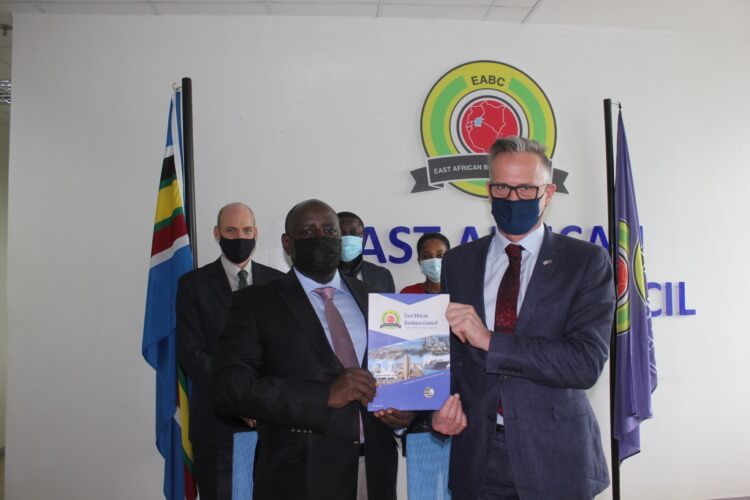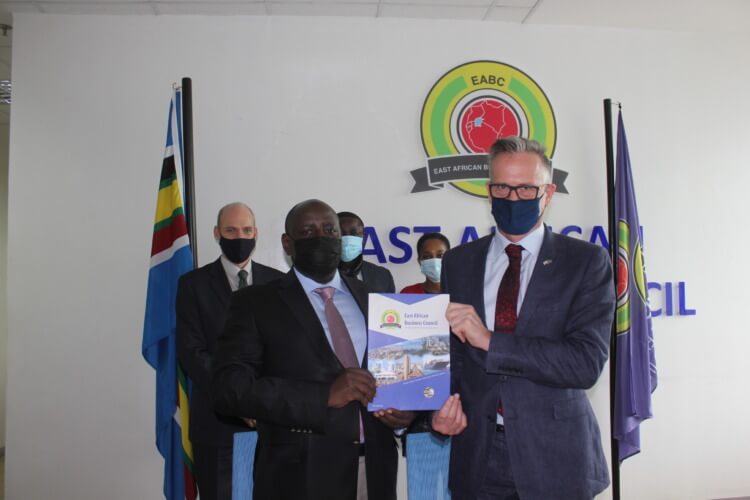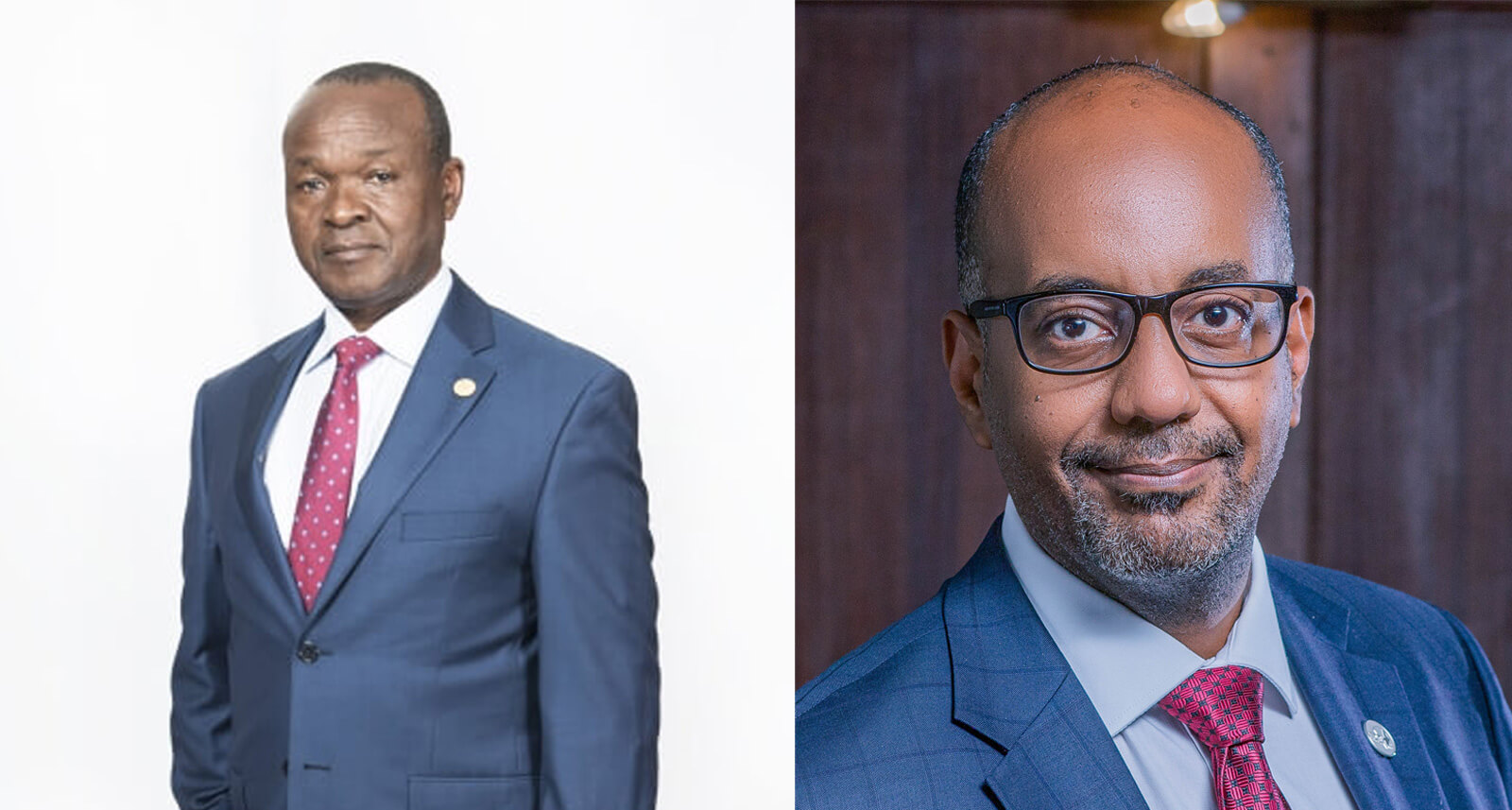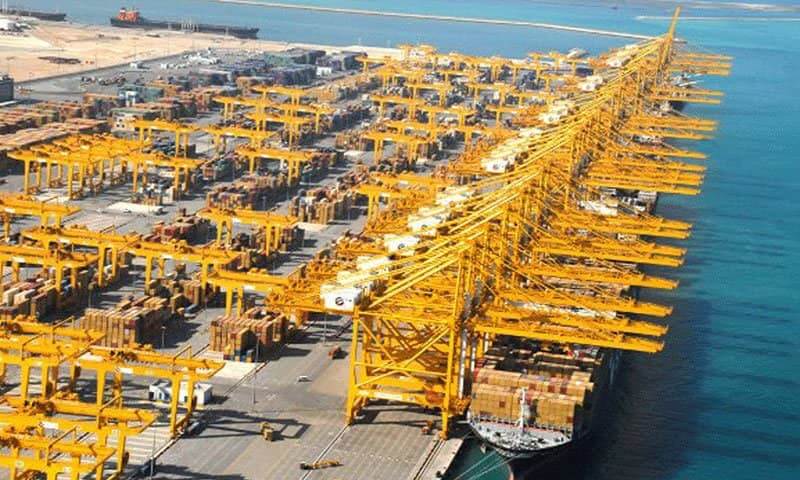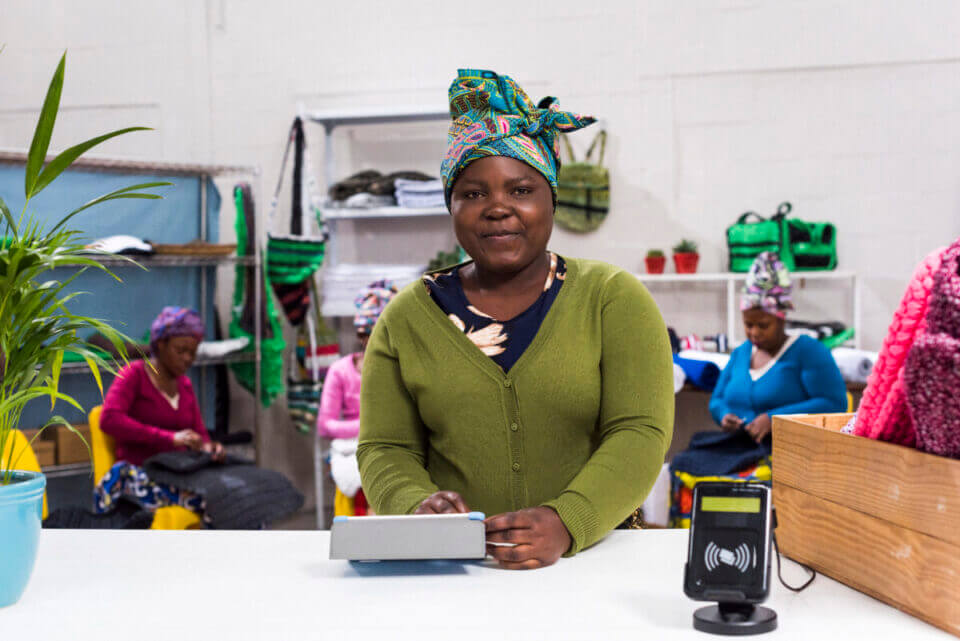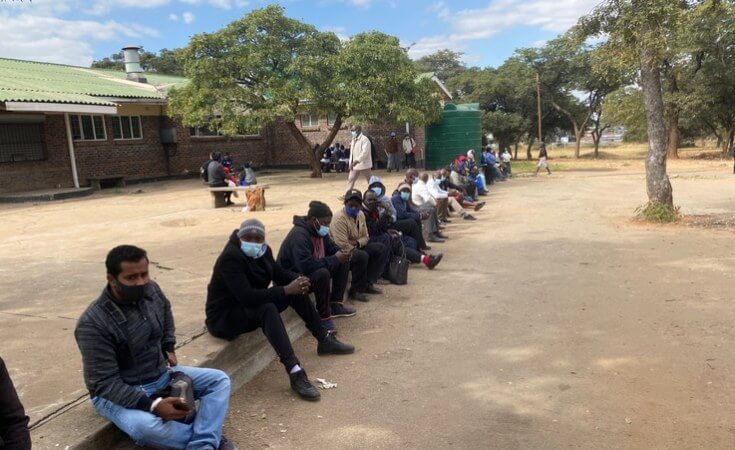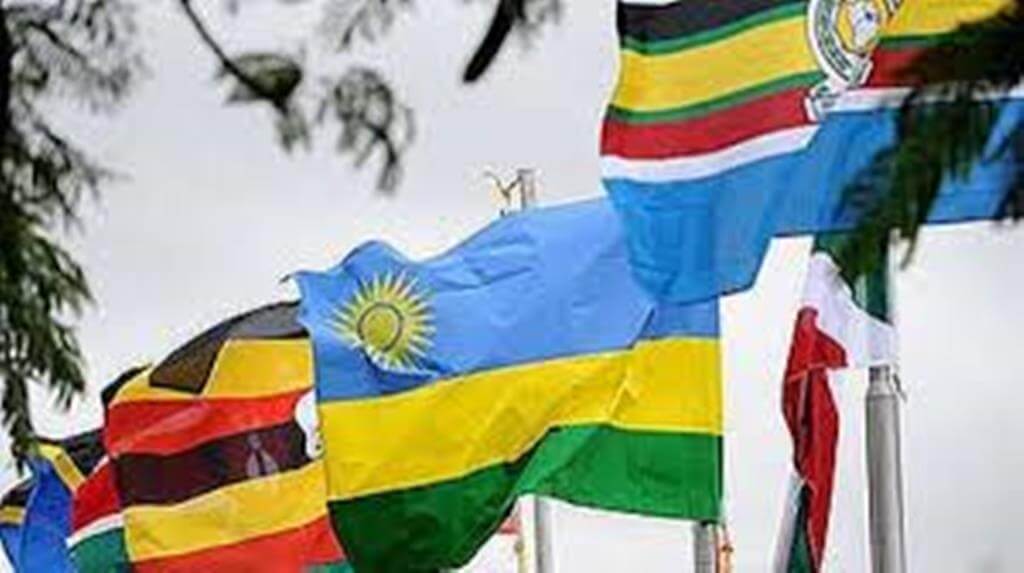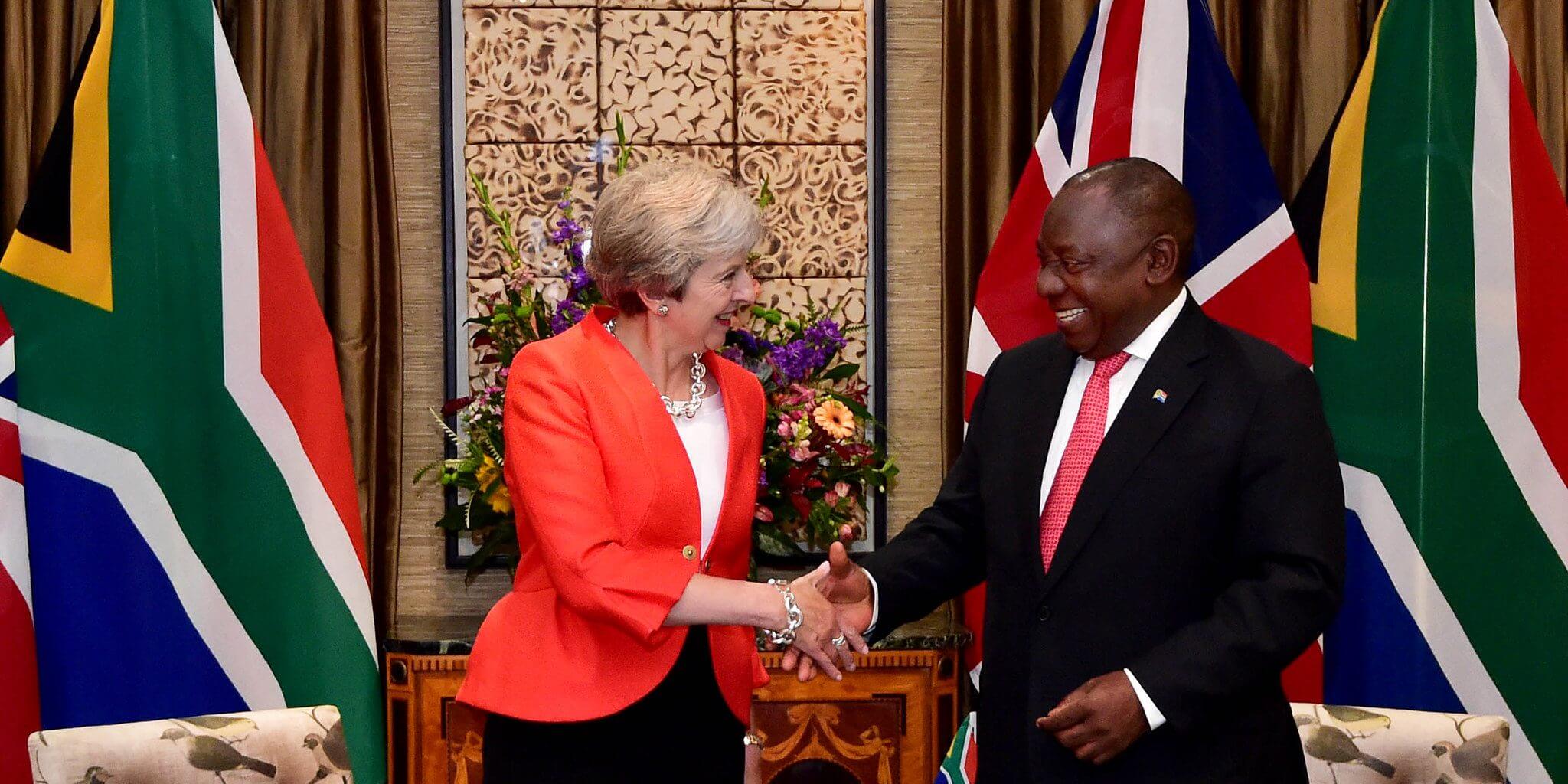The volume of cargo transiting along the Northern Corridor in the East African community bloc has reportedly dropped owing to effects of Covid-19 Pandemic. According to the northern corridor transit and transport coordination authority 16th edition report for June 2021, logistics firms involved in the movement, storage, and flow of goods, have been directly affected by the COVID-19 pandemic. Logistics companies connect firms to markets by providing various services, including multimodal transportation, freight forwarding, warehousing, and inventory management. This means that supply chain disruptions to the sector caused by the pandemic could impact transport and trade costs. The Northern Corridor connects Mombasa port in Kenya to Bujumbura in Burundi and is part of the Trans-African Highway (Mombasa – Lagos) while the Tunduma – Moyale road is part of the Cape to Cairo Highway. The Northern Corridor (1,700 km long) commences from the port of Mombasa and serves Kenya, Uganda, Rwanda, Burundi and Eastern DRC. Navigating through the Northern corridor you have to trail through; Nairobi – Nakuru – Eldoret – Bungoma – Malaba – Bugiri – Jinja – Kampala – Masaka – Katuna/Gatuna – Kigali – Nemba/Gasenyi – Ngozi – Kayanza – Bugarama – Bujumbura. Agricultural products account for over 40% of all intra-East African Community (EAC) traded goods [WB 2009]. Specifically, coffee, tea, rice, maize, and wheat are the predominant traded products among EAC states consisting of Uganda, Kenya, Rwanda, and Burundi. Between 2011 and 2015, 49% of Kenya’s intra-EAC exports was destined to Uganda, 29% to Tanzania, 10%...
EAC Northern Corridor Cargo Traffic Drops By 4%
Posted on: July 7, 2021
Posted on: July 7, 2021

